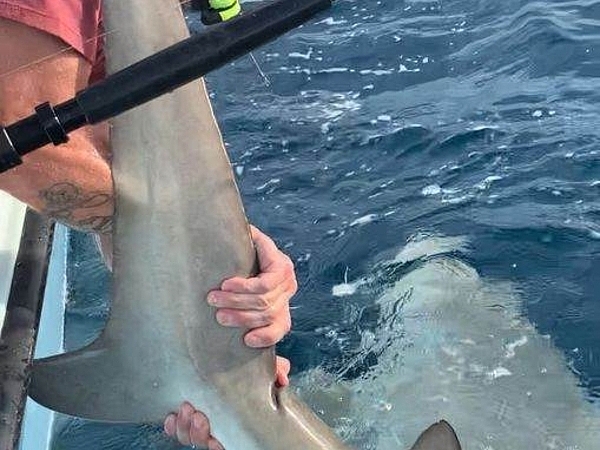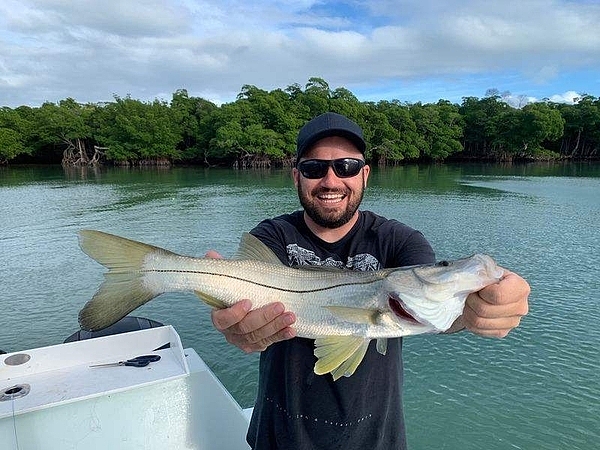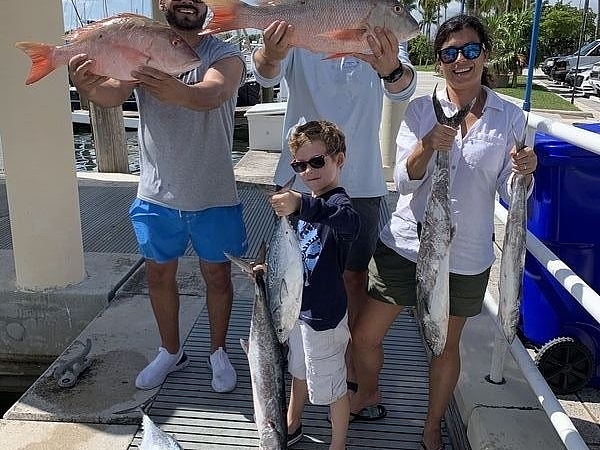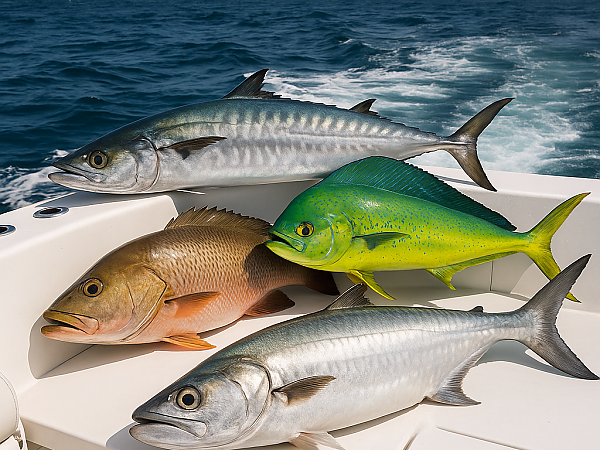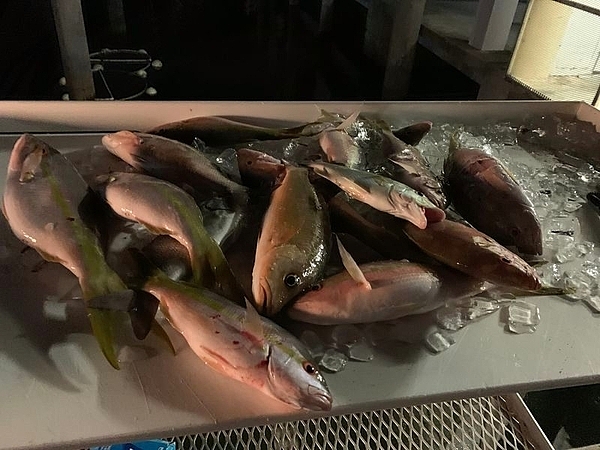Understanding Tarpon Behavior in Miami Waters
Miami's waters offer some of the best tarpon fishing opportunities in the world. These magnificent "silver kings" have specific patterns and behaviors that, when understood, can dramatically improve your chances of landing one. Let's break down what makes these fish tick and how you can use this knowledge for a successful fishing trip.
When Tarpon Come Out to Play
Tarpon follow predictable patterns in Miami's waters throughout the year. Spring brings the largest numbers, especially from March through June when water temperatures reach the sweet spot between 75-85 degrees. During these peak months, we often spot them rolling and feeding in Biscayne Bay, around bridges, and in the deeper channels.
Early morning and late evening hours typically offer the best action. These fish are most active during tide changes, particularly during the outgoing tide when baitfish get pulled out of the backwaters. This creates perfect ambush opportunities for hungry tarpon.
Favorite Feeding Spots Around Miami
- Government Cut during tide changes
- Haulover Inlet's deeper edges
- Port of Miami bridge shadows
- Biscayne Bay flats during warm days
Each of these spots offers unique advantages depending on the season and conditions. For example, Government Cut provides shelter and concentrated bait during stronger currents, while the flats warm up quickly on sunny days, attracting tarpon to feed in shallow waters.
Reading the Signs That Lead to Success
Successful tarpon fishing isn't just about being in the right place - it's about reading the water and understanding fish behavior. Look for rolling fish, which often indicates feeding activity. Diving birds and nervous bait schools can also point you toward tarpon locations. During our tarpon fishing charters, we pay close attention to these natural indicators.
Weather Patterns That Trigger Feeding
Miami's weather significantly influences tarpon behavior. Warm, stable weather typically produces the most consistent action. However, don't overlook those days just before a front moves through - tarpon often feed heavily during these pre-frontal conditions. Light southeast winds create ideal conditions for sight fishing on the flats.
Best Bait Choices Through the Seasons
- Spring: Live mullet and thread herring
- Summer: Live crabs and pinfish
- Fall/Winter: Artificial lures and shrimp
Your bait selection should match what's naturally available during each season. During spring migrations, we've found that live mullet produces exceptional results, especially during the early morning hours. Our live bait fishing techniques are specifically tailored to match these seasonal patterns.
Common Questions About Miami Tarpon
What size tarpon can I expect to catch in Miami? Miami tarpon typically range from 40 to 150 pounds, with some monsters exceeding 200 pounds during peak season.
Do I need special gear for tarpon fishing? Yes, we recommend heavy spinning gear with 30-50 lb test line and strong circle hooks to handle these powerful fish.
What's the best time of year for tarpon fishing in Miami? March through June offers prime tarpon fishing, though they can be caught year-round with the right approach.
Are tarpon good to eat? Tarpon are strictly catch-and-release in Florida waters. They're prized for their fighting ability rather than table fare.
Making Your Silver King Dreams Reality
Ready to put this tarpon knowledge to work? Our experienced team at Nomad Fishing Charters knows exactly where to find these magnificent fish throughout the year. We provide all the necessary gear and expertise to help you land your dream tarpon. Contact us at 786-266-0171 to book your Miami tarpon fishing adventure today.
‹ Back


